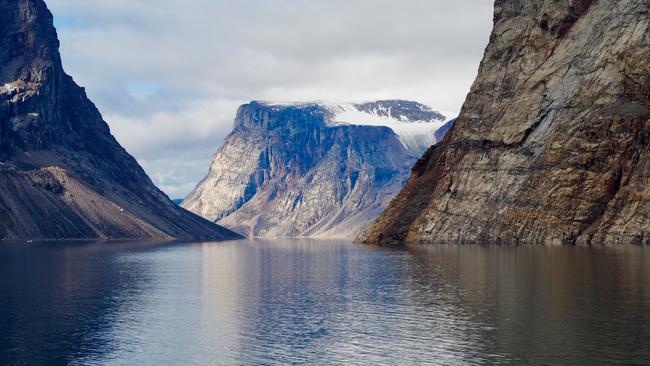Diamond-studded rocks reveal supercontinent was even bigger
A prehistoric supercontinent that stretched from what is now Scotland to Canada was even bigger than previously believed.

A prehistoric supercontinent that stretched from what is now Scotland to the wilds of Canada was even bigger than previously believed, according to studies of diamond-encrusted rock.
Geologists in northern Canada stumbled across the kimberlite as they sifted through samples extracted by diamond miners on Baffin Island. The rocks matched others from the North Atlantic Craton, a landmass that existed 2.7 billion years ago, long before the continental plates separated.
They add about 10 per cent to the known expanse of the NAC while also shedding light on what was happening deep under the Earth’s surface as the tectonic plates began to separate about 150 million years ago.
“The mineral composition of other portions of the NAC is so unique there was no mistaking it,” said Maya Kopylova, of the University of British Columbia. “Finding these lost pieces is like finding a missing piece of a puzzle.”
She added: “For researchers, kimberlites are subterranean rockets that pick up passengers on their way to the surface,” and they “carry a wealth of details on conditions far beneath the surface of our planet over time.”
The Baffin Island samples were formed about 200km below the surface; other samples have come from a depth of just 10km.
“With these samples we are able to reconstruct the shapes of ancient continents based on deeper, mantle rocks,” Professor Kopylova writes on the university’s website. “We can now understand and map not only the uppermost skinny layer of Earth that makes up 1 per cent of the planet’s volume, but our knowledge is now literally — and symbolically — deeper.”
Kimberlite is a dark rock formed by cooling magma and is often found studded with diamonds. It gets its name from the city of Kimberley in South Africa, the site of a 19th-century diamond rush after an 83.5-carat diamond was found there.
The Baffin Island rocks date back at least 150 million years, when the continental plates were split into fragments by powerful geological forces and emerging oceans. A similar process is believed to have severed eastern Africa from the Arabian peninsula.
The NAC fragments stretch like a bridge deep underground from northern Scotland to Greenland and west into the Canadian regions of Nunavut and Labrador. Pieces of the ancient land mass, which have also been found in Scotland and Greenland, are in great demand among geologists.
The mine where the fragments were found is owned by De Beers, which has lent the fragments to the university in return for technical knowledge to “support a successful diamond mine”.
The Times



To join the conversation, please log in. Don't have an account? Register
Join the conversation, you are commenting as Logout